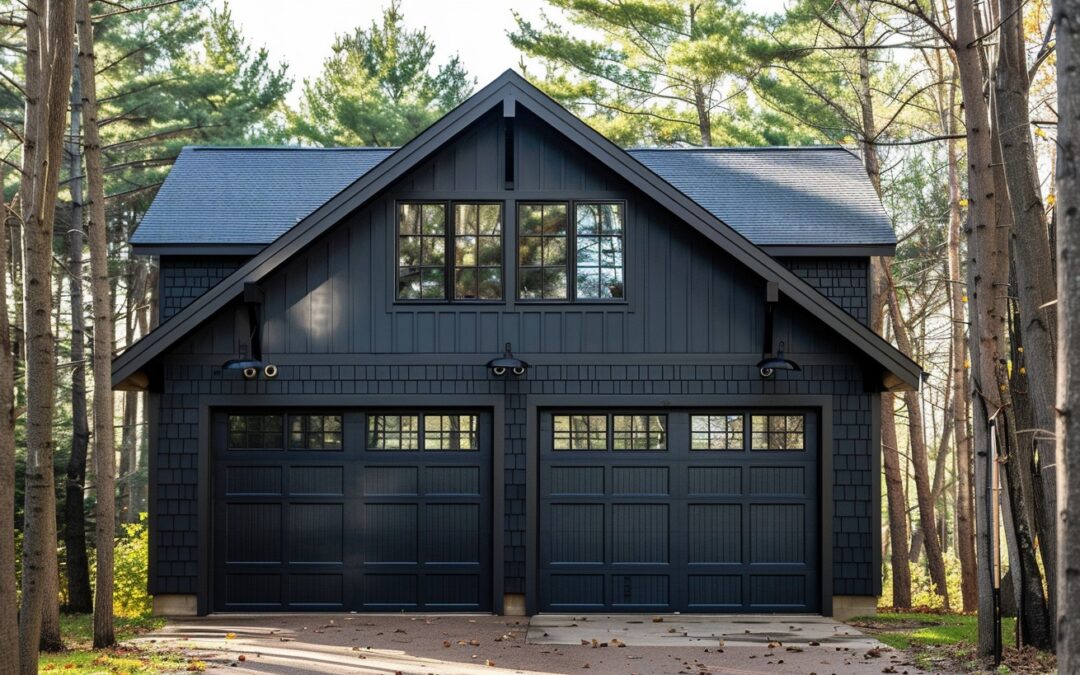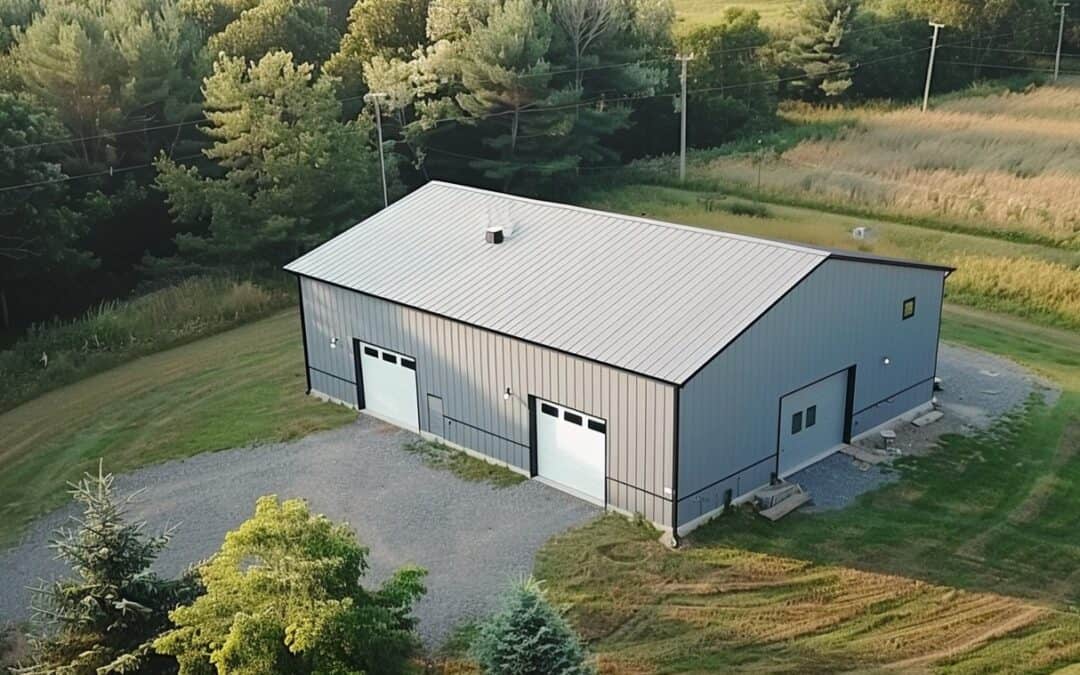British Columbia Initiatives in Canada’s Drive to Decarbonize Housing
An Intriguing Introduction
Bold and resolute in its stance on environmental sustainability, the province of British Columbia has taken the reins in the drive towards decarbonization of Canada’s building construction and heating. Emerging at the forefront, the province’s legislative measures promise major changes in the construction industry. The stakes are high, and so are the opportunities; let’s delve into it!
A Flurry of Green Initiatives: A Closer Look
Currently, 14 Canadian municipalities are on a determined path to decarbonization, with British Columbia leading this pack. Several governmental and industry-led initiatives contribute to this goal to optimize energy efficiency and reduce carbon footprint in the building sector.
In the Canada Green Buildings Strategy, the commitment is crystal clear—every new building is to adopt green, carbon-neutral construction methods by 2028. This benchmark is guided by the stringent standards of British Columbia, contained within the National Building Code and the National Energy Code of Canada. But what does this monumental change mean for the construction and real estate industry?
Impacts and Advantages for the Real Estate and Construction Industry
Real estate developers may meet this move towards greener construction with apprehension. However, embracing innovative low-emission construction technologies may not just reduce their carbon footprints but also offer substantial economic benefits. Enhanced building efficiency can result in lower operational costs for homeowners, driving up the market attractiveness of properties, and giving developers an edge in the competitive real estate market. Do you see the two-way benefit yet?
Decarbonization: A Quick Rundown
Decarbonization refers to the massive reduction of carbon dioxide emissions as part of the broader strategy to combat global warming. In the realm of building construction, decarbonization primarily involves enhancing energy efficiency and minimizing carbon emissions from the heating and cooling of buildings.
A major part of this effort revolves around ‘Passive House’ standards – a rigorous energy-efficient design method that reduces the building’s ecological footprint. British Columbia has been a [Canadian frontrunner](https://steelbuildings.yourbuildingteam.com/ca/steel-buildings-ontario/) in adopting these measures, inspiring a national green revolution in housing.
The Road to 2028: The Challenges and the Triumphs
Transitioning the entire construction industry towards low-emission performance by 2028 is ambitious, no doubt. Yet, the advancements in energy-efficient technologies and the growing push towards corporate sustainability make this goal achievable.
As we tread this path, the challenges will likely arrive in the form of high upfront costs and the need for skill advancement amongst builders. But we need to remember – every great revolution has its hurdles, right?
Conclusion
The clear mandate for green constructions by 2028 signals a new era for Canada’s building sector. At the heart of it, British Columbia’s persistent efforts pave the way toward a sustainable future. This move brings challenges, opportunities, and most importantly, the promise of an eco-friendlier Canada. The construction and real estate industry stand at the threshold of an exciting and transformative journey. It’s time to embrace this change!
We’d love to hear your thoughts on this progressive step towards decarbonization. Are you geared up for the proposed changes? Share your experiences and views in the comments section below.
A big shout-out to the original news source [here] for the valuable insights into Canada’s green building mission.



